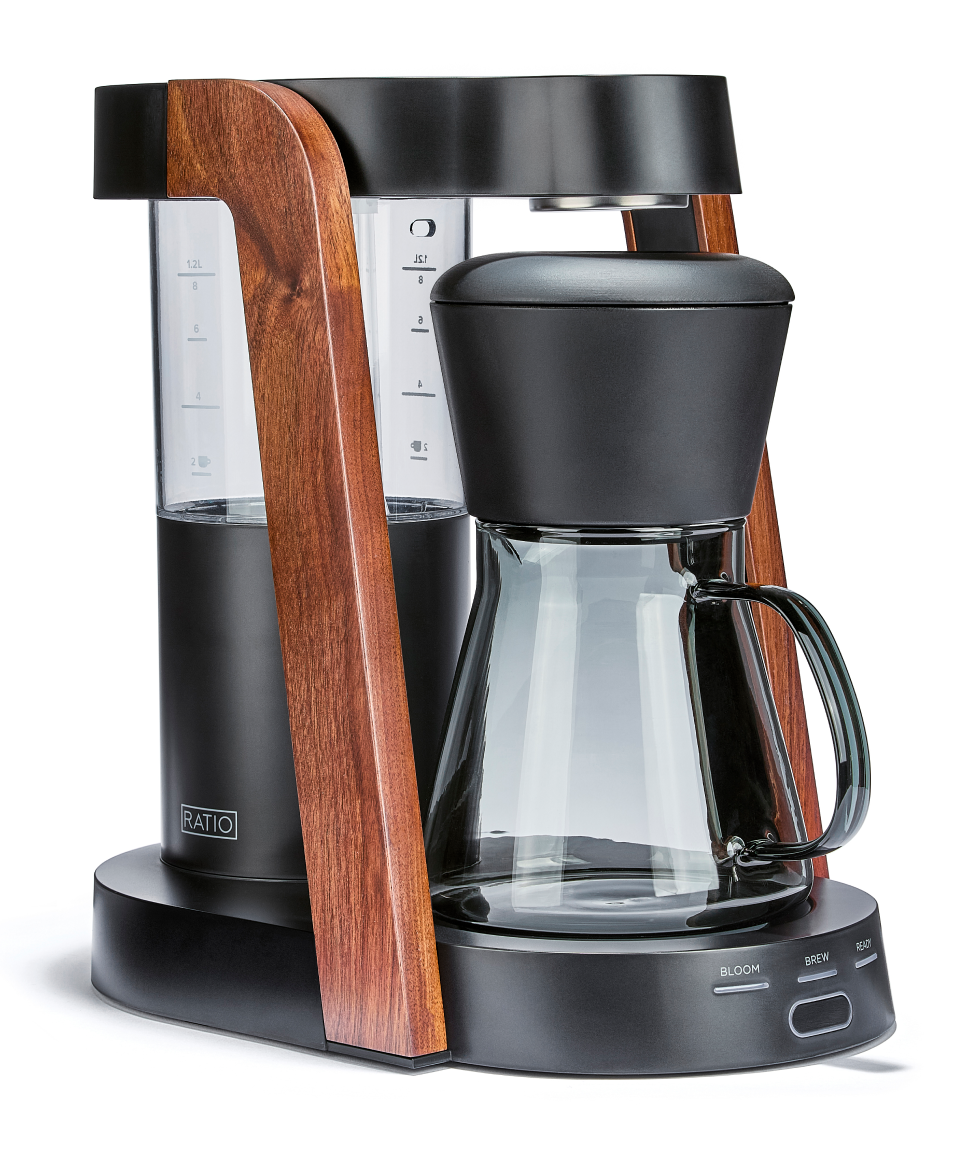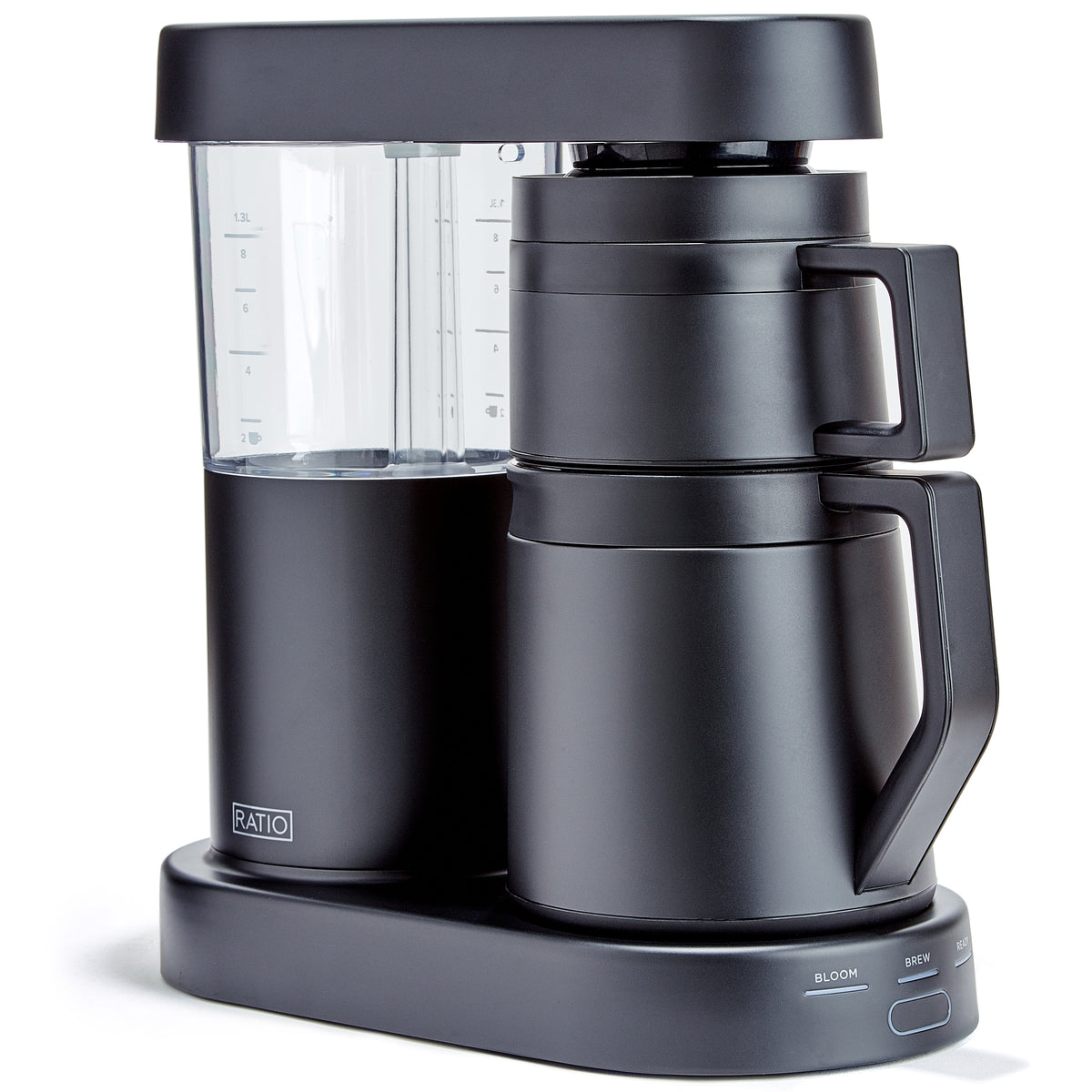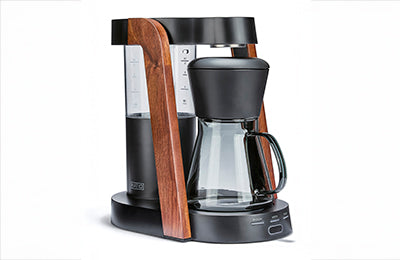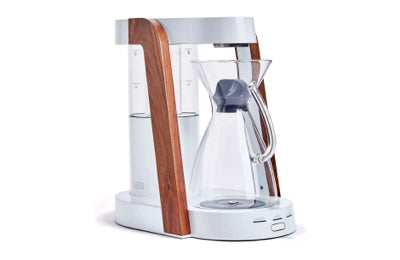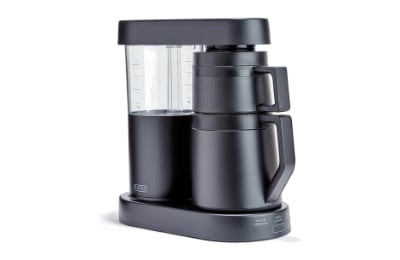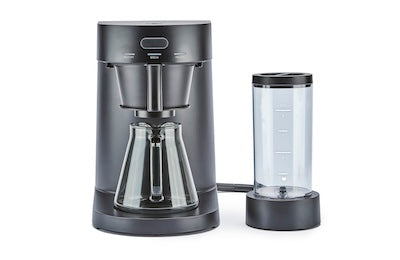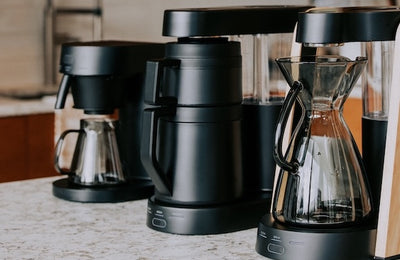The Wrong Filter Type Can Flatten an Otherwise Perfect Brew
Key Takeaways
-
Filter type significantly affects coffee flavor, clarity, and texture
-
Paper filters absorb oils, creating a cleaner, brighter cup
-
Metal filters allow oils and fine particles through, enhancing body
-
Cloth filters balance both clarity and richness but require more care
-
Matching the filter type to your brew method and taste preference is crucial for optimal results
You’ve dialed in your grind, measured your dose, and nailed the water temperature. But something still feels off. Your brew tastes dull — flat, even. What’s missing? You might be overlooking one small but mighty factor: the filter.
The type of filter you use plays a huge role in shaping the final flavor of your coffee. Paper, metal, and cloth all interact differently with oils, fines, and water flow. Choosing the wrong one — or using it incorrectly — can mute the very qualities you’re trying to highlight.
Let’s unpack how filters affect extraction, and why choosing the right one is essential to making coffee that tastes alive.
Why Filter Type Matters More Than You Think
Filters act as a gatekeeper between your coffee grounds and your cup. They determine which elements — like oils, particles, and dissolved solids — make it through.
Each type influences:
-
Flavor clarity
-
Body and texture
-
Aroma intensity
-
Sediment levels
Get the filter wrong, and the resulting brew can be muddy, flat, or overly thin.
Paper Filters: Clean and Bright
Paper filters are the most common, especially in pour-over methods like Hario V60 and Chemex. They absorb much of the coffee’s natural oils and trap fine particles.
Pros:
-
Produces a clean, crisp cup
-
Emphasizes brightness and acidity
-
Great for showcasing subtle or fruity beans
Cons:
-
Filters out body and some flavor complexity
-
Can impart a papery taste if not rinsed
Paper filters are ideal for those who like a lighter, more refined coffee. Just be sure to rinse them thoroughly with hot water before use — this removes the papery taste and helps them adhere properly.
Metal Filters: Bold and Full-Bodied
Used in French presses, AeroPress, and some pour-over setups, metal filters allow oils and micro-grounds to pass through. This results in a richer, heavier cup.
Pros:
-
Preserves natural coffee oils
-
Delivers a fuller mouthfeel and deeper flavor
-
Reusable and eco-friendly
Cons:
-
Can allow sediment through
-
May taste muddier with delicate beans
Metal filters are perfect for darker roasts or those who enjoy a denser, more tactile coffee experience. They also work well for cold brew setups where body and strength are priorities.
Cloth Filters: Balanced but Demanding
Cloth filters (often made from cotton or hemp) strike a balance between paper and metal. They allow some oils through while holding back fines.
Pros:
-
Offers clarity with some body
-
Often used in traditional Japanese and South American brewing
Cons:
-
High maintenance — must be cleaned and stored properly
-
Can retain odors or flavors if not cared for
Cloth filters reward diligence with a beautifully nuanced cup. But they’re not for the lazy brewer — proper cleaning is essential to avoid off-flavors.

Brewing Method Compatibility
Here’s how different filters pair with various brew methods and flavor profiles:
Pour-over (V60): Best with paper filters for a clean, crisp, and bright cup.
Chemex: Use thick paper filters to achieve an ultra-clean result with a light body.
French Press: Works best with a metal filter, yielding a full-bodied and oily brew.
AeroPress: Flexible method — try paper for clarity or metal for richness depending on preference.
Siphon Brewers: Traditionally used with cloth filters for a clear yet complex taste.
Cold Brew: Ideal with metal or cloth filters, producing a bold, smooth cup.
Matching filter and method gives your coffee a more intentional, dialed-in character. It also helps you repeat results or tweak variables with confidence.
Hidden Pitfalls of Using the Wrong Filter
Using the wrong filter isn’t always obvious — but it can lead to subtle problems:
-
Flat taste from excessive filtration (paper too thick)
-
Bitterness from sediment (metal too porous)
-
Inconsistent brews due to filter clogging or poor rinsing
-
Absorbed flavors from poorly cleaned cloth
What feels like a bean or grind problem could actually be filter-related. Before changing your recipe, examine your filter setup.
How to Choose Based on Taste Preferences
Think of filters like seasoning. They don’t change the coffee itself — they change how you experience it.
-
Love light roasts and floral notes? Go paper.
-
Prefer bold, syrupy brews? Try metal.
-
Want balanced complexity? Cloth may be your answer.
You can even alternate filters depending on your beans. Treat it as a tool, not a fixed rule.
Filter Care Tips
Whatever filter type you choose, proper maintenance is key:
-
Rinse paper filters with hot water before brewing
-
Clean metal filters after every use to prevent oil buildup
-
Boil cloth filters occasionally to remove residues
-
Store cloth filters in clean water in the fridge to avoid mildew
A neglected filter quickly becomes the weakest link in your coffee workflow. Respect it like any other piece of gear.
Great Coffee Starts at the Filter
Precision machines like those from Ratio Coffee handle heat, timing, and water delivery beautifully — but the filter is still your final flavor gatekeeper. Choosing the right type can elevate a good brew into something memorable.
Don’t let a mismatched or neglected filter flatten your efforts. Pay attention to this small detail, and your cup will reflect the care you’ve put in.
Frequently Asked Questions
Is there a best filter type for all coffee?
No — it depends on your taste preference and brew method. Paper is great for clarity, metal for body, cloth for balance.
Can I reuse paper filters?
Technically yes, but flavor and performance degrade. For best results, use them once.
Do filters really make that big of a difference?
Absolutely. Filters control what gets into your cup — and what doesn’t. A wrong choice can mute or muddy your brew.
How do I know if my filter is causing problems?
If your coffee tastes flat, gritty, or lacks aroma — and you’ve ruled out grind, beans, and water — the filter might be to blame.
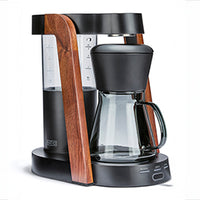 Ratio Eight S2
Ratio Eight S2
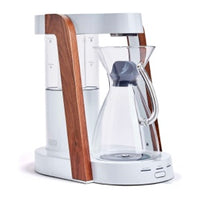 Ratio Eight Original
Ratio Eight Original
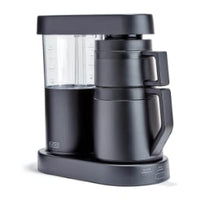 Ratio Six
Ratio Six
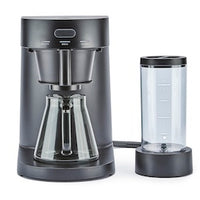 Ratio Four
Ratio Four
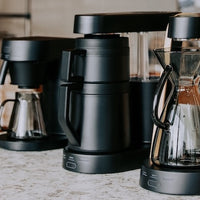 Compare Machines
Compare Machines
